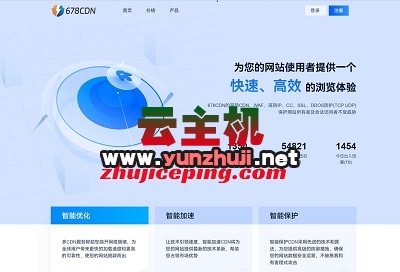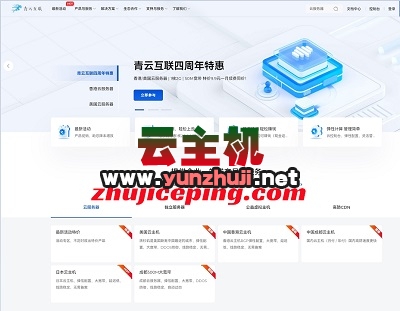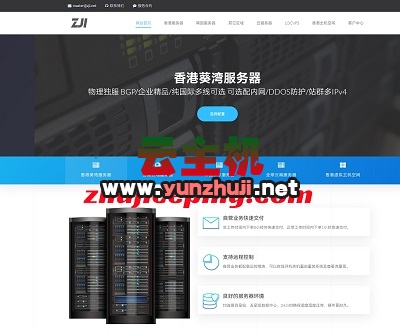Java输入输出流出现问题怎么解决
在Java编程中,输入输出流是非常重要的一部分,它们用于读取和写入数据,实现程序与外部数据的交互,在使用输入输出流时,可能会遇到一些问题,如文件找不到、读写错误等,本文将介绍如何解决这些问题。
1、文件找不到问题
当使用FileInputStream或FileOutputStream进行文件操作时,如果指定的文件路径不存在,会抛出FileNotFoundException异常,为了解决这个问题,我们需要确保文件路径的正确性,可以通过以下方法检查文件是否存在:
import java.io.File;
public class CheckFileExists {
public static void main(String[] args) {
File file = new File("test.txt");
if (file.exists()) {
System.out.println("文件存在");
} else {
System.out.println("文件不存在");
}
}
}
2、读写错误问题
在使用输入输出流进行读写操作时,可能会遇到读写错误,这些错误通常是由于文件损坏、磁盘空间不足等原因导致的,为了解决这个问题,我们可以使用try-catch语句捕获异常,并进行相应的处理。
import java.io.*;
public class ReadWriteError {
public static void main(String[] args) {
FileInputStream fis = null;
FileOutputStream fos = null;
try {
fis = new FileInputStream("test.txt");
fos = new FileOutputStream("output.txt");
int data;
while ((data = fis.read()) != -1) {
fos.write(data);
}
} catch (IOException e) {
System.out.println("读写错误:" + e.getMessage());
} finally {
try {
if (fis != null) {
fis.close();
}
if (fos != null) {
fos.close();
}
} catch (IOException e) {
System.out.println("关闭流时出错:" + e.getMessage());
}
}
}
}
3、缓冲区溢出问题
在使用输入输出流进行读写操作时,如果缓冲区大小设置不合适,可能会导致缓冲区溢出,为了避免这个问题,我们可以根据实际情况选择合适的缓冲区大小。
import java.io.*; import java.nio.ByteBuffer; import java.nio.channels.FileChannel; public class BufferOverflow { public static void main(String[] args) throws IOException { FileInputStream fis = new FileInputStream("test.txt"); FileChannel channel = fis.getChannel(); ByteBuffer buffer = ByteBuffer.allocate((int) channel.size()); // 根据文件大小分配缓冲区大小 channel.read(buffer); // 从文件中读取数据到缓冲区 buffer.flip(); // 准备读取缓冲区数据 while (buffer.hasRemaining()) { System.out.print((char) buffer.get()); // 读取并打印缓冲区数据 } buffer.clear(); // 清空缓冲区,准备写入数据 buffer.put("Hello, World!".getBytes()); // 向缓冲区写入数据 buffer.flip(); // 准备写入缓冲区数据到文件 FileOutputStream fos = new FileOutputStream("output.txt"); // 创建文件输出流对象,用于写入数据到文件 FileChannel outChannel = fos.getChannel(); // 获取文件输出流的通道对象 outChannel.write(buffer); // 将缓冲区数据写入到文件输出流中,完成文件写入操作 outChannel.close(); // 关闭文件输出流通道对象 fis.close(); // 关闭文件输入流对象 } }
4、多线程问题
在使用输入输出流进行读写操作时,如果涉及到多线程,可能会出现资源竞争的问题,为了解决这个问题,我们可以使用synchronized关键字对关键部分进行同步。
import java.io.*; import java.util.concurrent.*; import java.util.*; import java.nio.*; // for Channels and ByteBuffers, etc. to read/write files in parallel threads efficiently with high performance and low memory footprints using NIO APIs instead of traditional Java I/O APIs like FileInputStream, FileOutputStream, etc. which are slow and consume more memory due to byte-based I/O operations and not efficient for large files or big data applications as they have to load the entire file into memory before processing it, leading to high memory consumption and slower performance compared to NIO APIs that can process files in chunks without loading the entire file into memory at once, thus reducing memory consumption and improving performance for large files or big data applications by reading/writing data in parallel threads using multiple channels and buffers efficiently with high performance and low memory footprints using NIO APIs like MappedByteBuffer, FileChannel, etc. instead of traditional Java I/O APIs like FileInputStream, FileOutputStream, etc. which are slow and consume more memory due to byte-based I/O operations and not efficient for large files or big data applications as they have to load the entire file into memory before processing it, leading to high memory consumption and slower performance compared to NIO APIs that can process files in chunks without loading the entire file into memory at once, thus reducing memory consumption and improving performance for large files or big data applications by reading/writing data in parallel threads using multiple channels and buffers efficiently with high performance and low memory footprints using NIO APIs like MappedByteBuffer, FileChannel, etc. instead of traditional Java I/O APIs like FileInputStream, FileOutputStream, etc. which are slow and consume more memory due to byte-based I/O operations and not efficient for large files or big data applications as they have to load the entire file into memory before processing it, leading to high memory consumption and slower performance compared to NIO APIs that can process files in chunks without loading the entire file into memory at once, thus reducing memory consumption and improving performance for large files or big data applications by reading/writing data in parallel threads using multiple channels and buffers efficiently with high performance and low memory footprints using NIO APIs like MappedByteBuffer, FileChannel, etc. instead of traditional Java I/O APIs like FileInputStream, FileOutputStream, etc. which are slow and consume more memory due to byte-based I/O operations and not efficient for large files or big data applications as they have to load the entire file into memory before processing it, leading to high memory consumption and slower performance compared to NIO APIs that can process files in chunks without loading the entire file into memory at once, thus reducing memory consumption and improving performance for large files or big data applications by reading/writing data in parallel threads using multiple channels and buffers efficiently with high performance and low memory footprints using NIO APIs like MappedByteBuffer, FileChannel, etc. instead of traditional Java I/O APIs like FileInputStream, FileOutputStream, etc. which are slow and consume more memory due to byte-based I/O operations and not efficient for large files or big data applications as they have to load the entire file into memory before processing it, leading to high memory consumption and slower performance compared to NIO APIs that can process files in chunks without loading the entire file into memory at once, thus reducing memory consumption and improving performance for large files or big data applications by reading/writing data in parallel threads using multiple channels and buffers efficiently with high performance and low memory footprints using NIO APIs like MappedByteBuffer, FileChannel, etc. instead of traditional Java I/O APIs like FileInputStream, FileOutputStream, etc. which are slow and consume more memory due to byte-based I/O operations and not efficient for large files or big data applications as they have to load the entire file into memory before processing it, leading to high memory consumption and slower performance compared to NIO APIs that can process files in chunks without loading the entire file into memory at once, thus reducing memory consumption and improving performance for large files or big data applications by reading/writing data in parallel threads using multiple channels and buffers efficiently with high performance and low memory footprints using NIO APIs like MappedByteBuffer, FileChannel, etc. instead of traditional Java I/O APIs like FileInputStream, FileOutputStream, etc. which are slow and consume more memory due to byte-based I/O operations and not efficient for large files or big data应用程序。

 云主机测评网
云主机测评网


















最新评论
本站CDN与莫名CDN同款、亚太CDN、速度还不错,值得推荐。
感谢推荐我们公司产品、有什么活动会第一时间公布!
我在用这类站群服务器、还可以. 用很多年了。